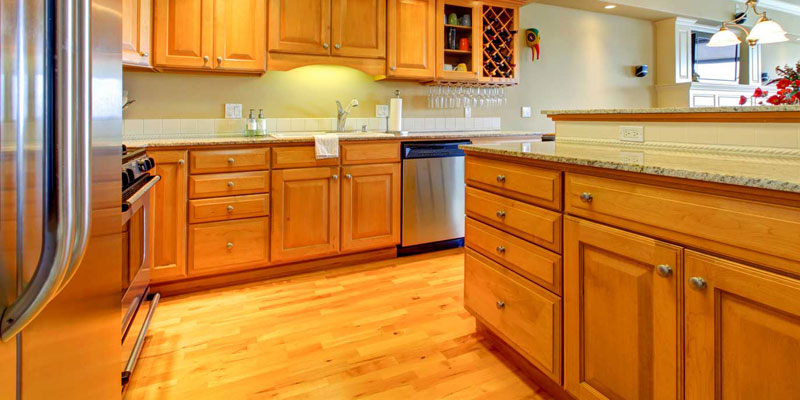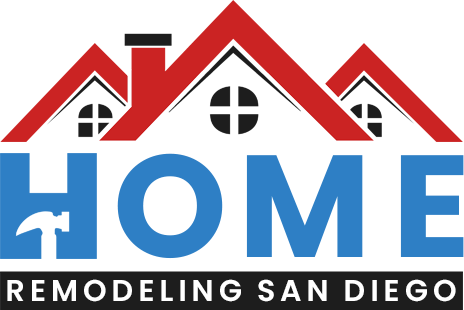Which Finish Should I Use?

When it comes to finishing wood, there are a variety of options to choose from. One of the most popular finishes is shellac. Shellac has been used for centuries and is known for its beauty and durability. But what is shellac, and how does it compare to other finishes?
In this article, we will discuss the differences between shellac, polyurethane, varnish, and lacquer. We will also explore the pros and cons of each finish so that you can decide which one is best for your project! These types of projects don’t have to be complicated, nor does the finish have to be perfect.
What is Shellac?
Shellac is a finish that is made from the resin of the lac beetle. It has been used for centuries and is known for its beauty and durability. Shellac can be used on a variety of surfaces, including wood, metal, and plastic.
One of the benefits of shellac is that it is easy to use. It can be applied with a brush or a cloth, and it dries quickly. In addition, shellac is non-toxic and can be used in food preparation areas.
Shellac has a few drawbacks as well. First, it is not water-resistant, so it should not be used on projects that will be exposed to moisture. Second, shellac can be fragile and may not stand up to heavy wear and tear.
Types of Projects to Use Shellac
Shellac is a great choice for projects that will be on display or in high-traffic areas. It can also be used on projects that require a quick turnaround time. Some examples of projects that would benefit from shellac include:
- Furniture
- Picture frames
- Cabinets
- Trim work
What is Varnish?
Varnish is a finish made from polyurethane, resin, and oil. It is durable and resists scratches and stains. Varnish can be applied with a brush or a cloth, and it dries quickly. However, varnish takes a while to cure, so it is not a good choice for projects that require a quick turnaround time.
One of the benefits of varnish is that it is easy to apply. It can be used on a variety of surfaces, including wood, metal, and plastic. Varnish also has a high gloss finish, which can give your project a polished look.
The downside of varnish is that it is not water-resistant. In addition, it can be difficult to remove once it has been applied.
Types of Projects to Use Varnish
Varnish is a good choice for projects that will be exposed to moisture or in high-traffic areas. It can also be used on projects that require a high-gloss finish. Some examples of projects that would benefit from varnish include:
- Furniture
- Doors
- Windows
- Trim work
What is Polyurethane?
Polyurethane is a finish made from synthetic materials. It is durable and resists scratches, stains, and moisture. There are oil and water-based options, and both can be applied with a brush or a cloth. However, oil-based polyurethane takes a while to cure, so it is not a good choice for projects that require a quick turnaround time.
One of the benefits of polyurethane is that it is available in a variety of finishes, including high-gloss, semi-gloss, and matte. In addition, polyurethane is easy to apply and can be used on a variety of surfaces, including wood, metal, and plastic.
The downside of polyurethane is that it can yellow over time. In addition, it can be difficult to remove once it has been applied.
Types of Projects to Use Polyurethane
Polyurethane is a good choice for projects that will be exposed to moisture or in high-traffic areas. It can also be used on projects that require a durable finish. Some examples of projects that would benefit from polyurethane include:
- Kitchen Tables
- Doors
- Bar work
- Cabinets
What is Lacquer?
Lacquer is a finish that is made from nitrocellulose and other solvents. It is durable and resists scratches, stains, and moisture. It is typically applied with a sprayer, and it dries fairly quickly. This material leaves a hard and glossy finish, so it is a good choice for projects that require a high-gloss finish.
One of the benefits of lacquer is that it can be applied over other finishes, including polyurethane and varnish. Additionally, lacquer is available in a variety of colors.
The downside of lacquer is that it can be flammable. In addition, it can be difficult to remove once it has been applied.
Types of Projects to Use Lacquer
Lacquer is a good choice for projects that will be exposed to moisture or in high-traffic areas. It can also be used on projects that require a high-gloss finish. Some examples of projects that would benefit from lacquer include:
- Top-coat
- Cabinets
- Dinnerware
- Woodworking projects
- Laminate floors
- Countertops
When deciding which finish to use for your project, there are a few things you should keep in mind. First, consider the type of surface you will be working with. If you are working with a delicate surface, such as wood, you may want to use shellac or lacquer. These finishes will protect the surface from scratches and stains.
Second, consider the project itself. If you need a quick turnaround time, shellac is a good choice. However, if you are looking for a durable finish, varnish or polyurethane would be a better option.
Finally, think about the look you are going for. If you want a high-gloss look, lacquer is the best option. If you are looking for a more subtle finish, shellac or varnish would be a better choice.
No matter which finish you choose, be sure to follow the manufacturer’s instructions carefully. Apply the finish in a well-ventilated area and allow it to dry completely before using the surface. We recommend hiring a team of licensed professionals to help with any remodeling tasks in your San Diego home. This will ensure that the project is done correctly and safely.
If you need a dedicated team of professionals, reach out to us directly today. We would be happy to help you with your next project! Visit our website or give us a call to learn more about our remodeling services in San Diego.
